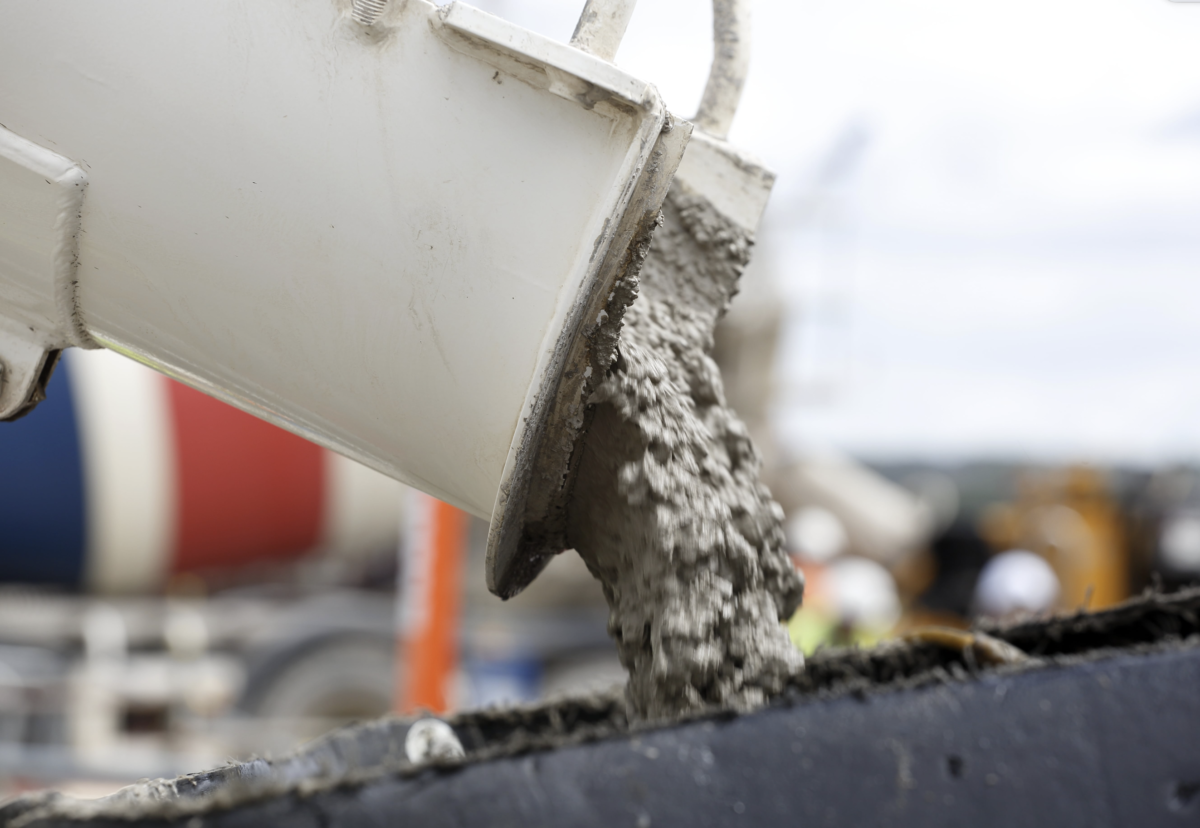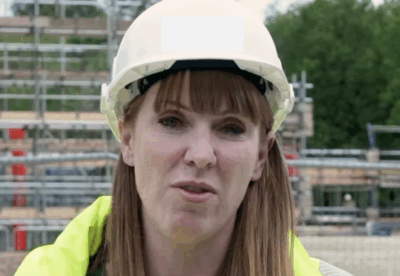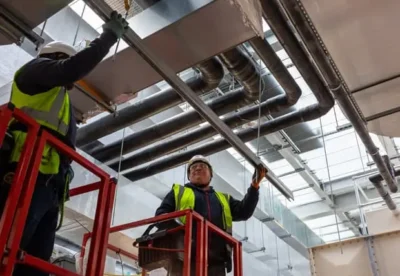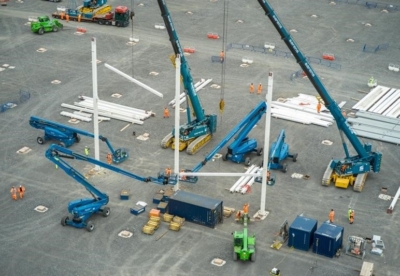Changes to standards for concrete have been published by BSI and could save 1 million tonnes of carbon dioxide emissions each year if adopted across all UK construction sites.
The new concrete ‘recipe’ blends finely ground limestone from UK quarries with other materials such as fly ash and ground granulated blast furnace slag.
UK Concrete and cement manufacturing accounts for 7.7m tonnes of carbon dioxide emissions, equating to 1.5% of total carbon emissions.
The majority of the carbon dioxide emissions are associated with the production of cement, and using additives such as limestone powder helps to reduce the amount of traditional cement to create a lower carbon concrete.
With the new standards now available, the CEM I content in concrete can be replaced with up to 20% of limestone powder.
For every 5% of limestone powder added, a 5% CO2 reduction can be delivered per tonne of concrete, according to MPA UK Concrete, the group representing the UK concrete industry.
A spokesman said: “Providing a new generation of concretes is an important part of the UK concrete and cement industry’s roadmap to net zero alongside other technologies including the use of decarbonised transport, fuel switching and Carbon Capture, Usage or Storage (CCUS) technology.”
For many years, GGBS and fly ash have been repurposed as an ingredient for concrete, but less of it is being produced in the net zero transition, so the use of limestone fines is important for helping to provide a sustainable source of materials to continue to lower the embodied emissions of concrete.
The new specification changes are part of a rigorous research and testing process over two years, with the results then independently assessed for inclusion into the standard by the BSI technical committee for concrete.


















































 (300 x 250 px) (2).png)




